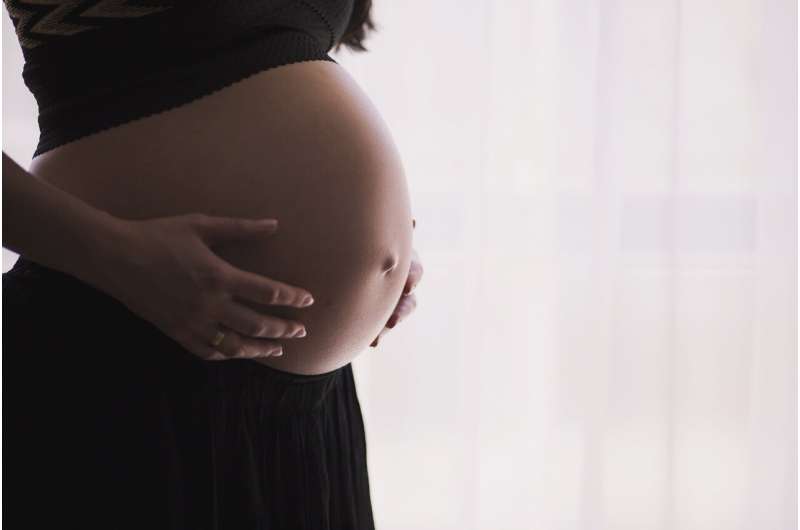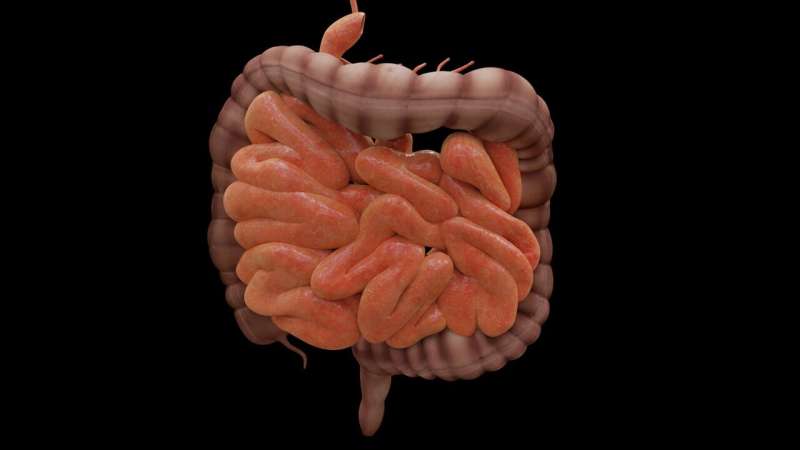Using Sleep Data from Wearable Devices to Predict Preterm Birth

New research demonstrates that sleep pattern variability from wearable devices can effectively predict preterm birth risk, opening new avenues for early intervention in pregnancy health.
Preterm birth remains a leading cause of mortality among children under five years old worldwide, with nearly 75% of cases potentially preventable through timely intervention, according to the World Health Organization. Despite the significant health impact, the underlying causes of preterm birth are often unclear. However, recent research from Washington University in St. Louis has explored the potential of sleep pattern data collected through wearable devices as a predictive tool.
A multidisciplinary team led by doctoral student Ben Warner and Assistant Professor Peinan Zhao analyzed sleep data from pregnant women using machine learning techniques. Their findings indicate that variability in sleep patterns during pregnancy is a strong predictor of preterm birth, even more so than average sleep quality metrics. The study suggests that maintaining consistent sleep schedules could play a crucial role in predicting and possibly preventing preterm deliveries.
The study involved 665 pregnant participants in a 2014 cohort study at Washington University and BJC HealthCare. Participants wore a clinically validated wristwatch called an actigraph, which tracked body movements over approximately two-week periods. These data provided detailed insights into daily sleep behaviors, including sleep duration, bedtimes, wake-up times, and movement during sleep. Additionally, participants completed surveys to report their sleep patterns, which were combined with the objective data.
Using advanced machine learning models, the researchers identified that irregular sleep patterns were significantly associated with higher preterm birth risk, particularly when assessed before 20 weeks of pregnancy. Dr. Zhao emphasized that the models employed were intentionally designed to focus on clinically meaningful associations. The results highlight the importance of sleep consistency during pregnancy, paving the way for new preventive strategies.
This research extends the understanding of how wearable device data can be harnessed for health insights. Dr. Lu from Washington University’s AI for Health Institute pointed out that raw data from wearables can be complex and messy; however, integrating AI with clinical knowledge allows scientists and healthcare professionals to extract valuable insights. The study’s findings could lead to better risk assessment tools in obstetrics by monitoring sleep patterns early in pregnancy.
Looking ahead, the team plans to validate their findings across different populations and medical centers. The goal is to develop predictive models that can identify women at higher risk for preterm labor early enough for interventions, ultimately reducing preterm birth rates and associated health complications.
The research exemplifies successful collaboration between engineering and reproductive health specialists, showcasing how AI and wearable technology can improve maternal health outcomes. The full study is accessible via npj Women's Health. The code used in this work is available on GitHub.
Stay Updated with Mia's Feed
Get the latest health & wellness insights delivered straight to your inbox.
Related Articles
Global Variations in the Management of Diverticulitis Highlight Need for Standardized Care
A recent international study exposes significant differences in diverticulitis treatment worldwide, urging the need for standardized care and improved guidelines to optimize patient management and reduce antibiotic overuse.
Study Reveals Female Pilots Excel Under Pressure
New research highlights that female pilots outperform males in high-pressure flight scenarios, suggesting the need to rethink pilot evaluation and training systems for greater safety and inclusivity.
Community Cohesion Enhances Disaster Resilience: Insights from Recent Study
A Texas A&M University study highlights how strong neighborhood ties enhance community resilience after natural disasters, emphasizing the role of social cohesion in recovery.



